Pool turned green from copper and a chlorine shock
I got a text from a customer in the Northeast that just finished plastering a pool the week before. The text had a picture in it of a green pool, and it read:
Posts about:

I got a text from a customer in the Northeast that just finished plastering a pool the week before. The text had a picture in it of a green pool, and it read:
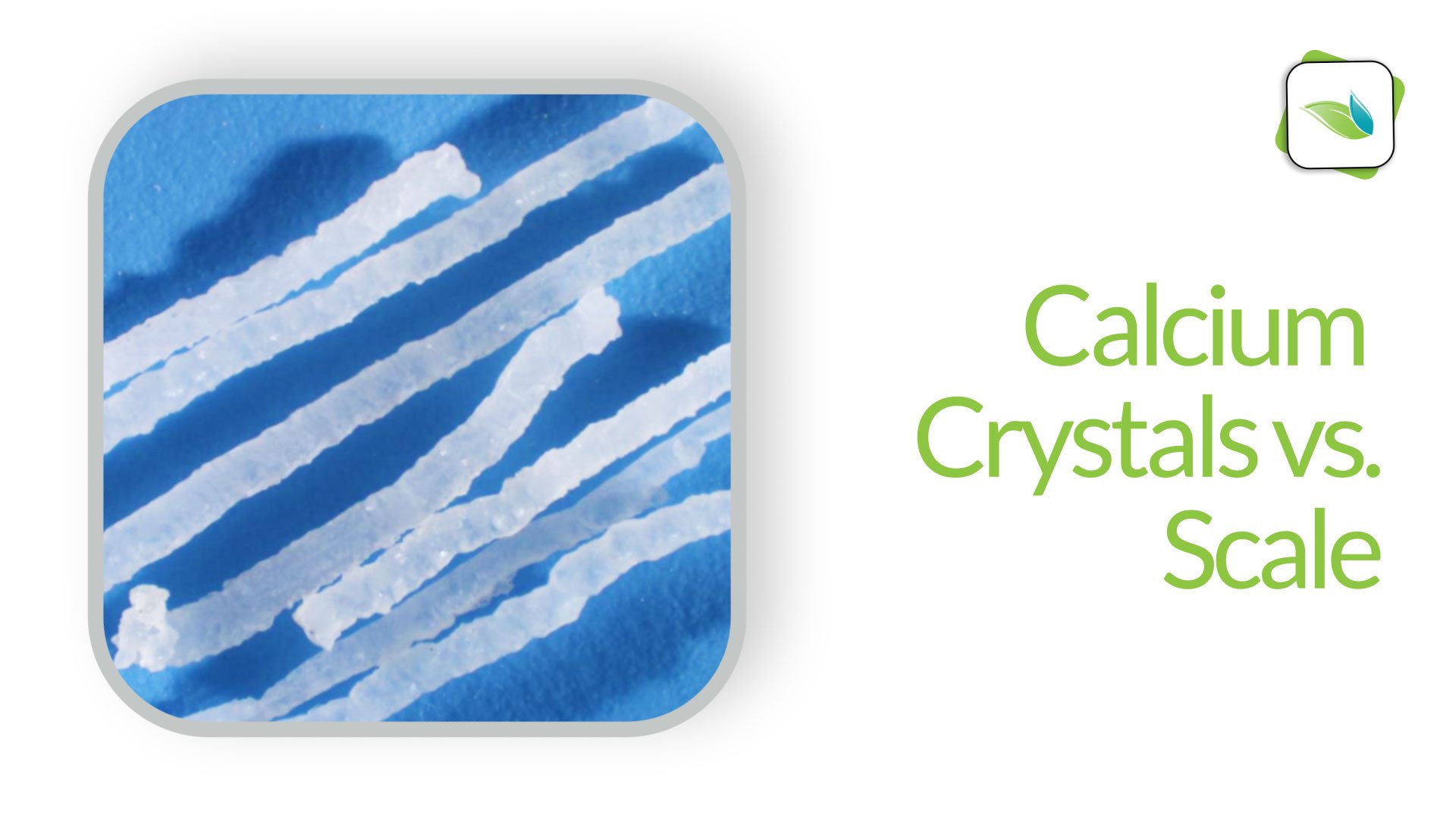
If you have ever opened a winterized swimming pool in the spring and found calcification on the walls and floor, it is most likely not scale. The odds are it's actually calcite crystals in your pool. This article will explain the differences between scale and crystals, as well as how to treat and prevent the crystals from coming back.
NOTE: This article has been revised from its original version due to learning more from laboratory results. We still have more unanswered questions about crystals than we have answers. Why do they harden? How many forms are there (we know of at least 3)? Why are some crystals easy to clean up, and others stubborn? What common denominators are involved, beyond cold water and lack of calcium hardness?
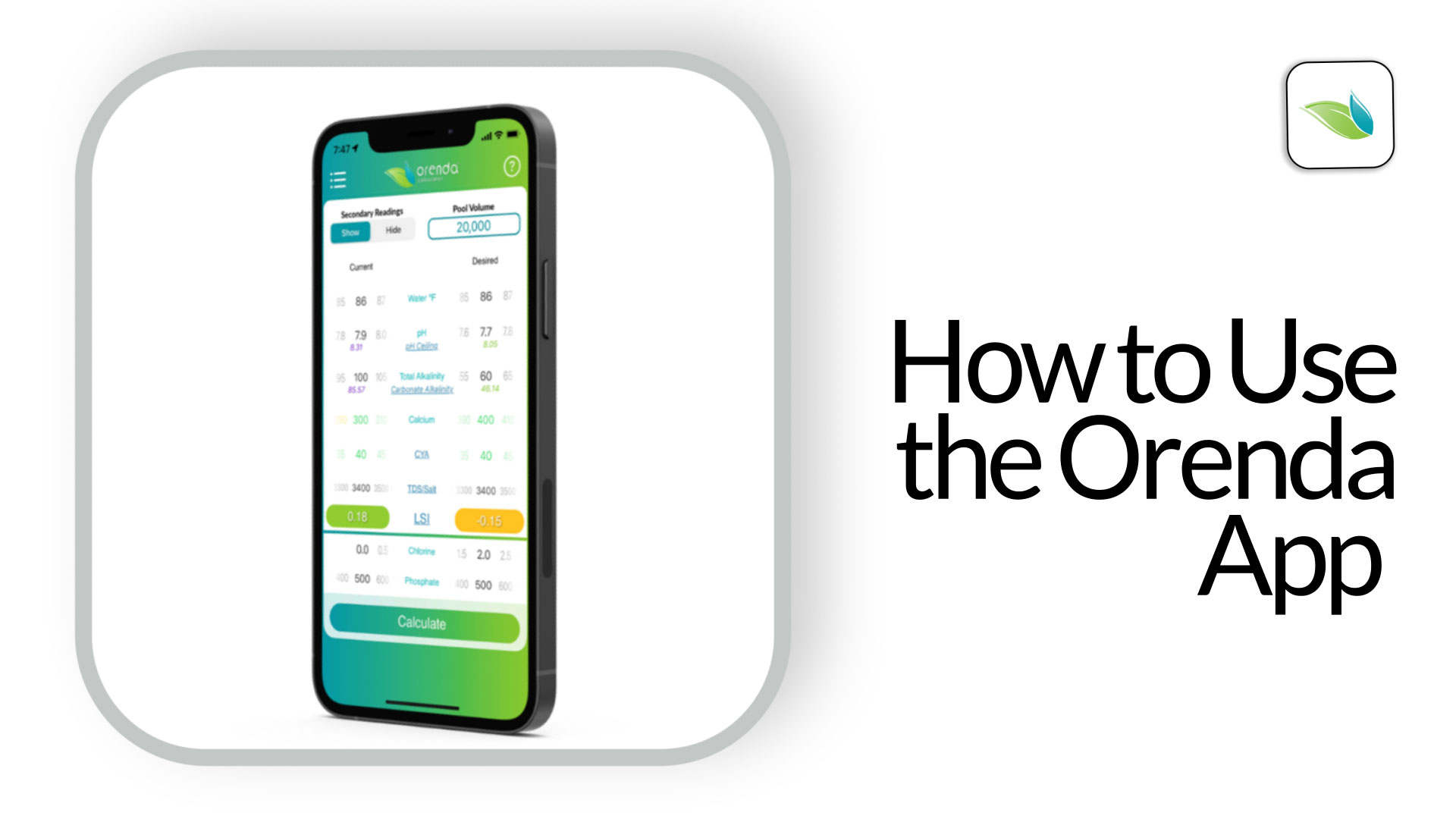
The Orenda App and Orenda Calculator® are some of the most widely-used tools in the pool industry. Here's an overview on how to use them.

The following is a true story, exactly the way I remember it. Not that I could ever forget my time in that tiny warmup pool...

Chlorine is the most popular sanitizer/disinfectant used in swimming pools. This article covers the different types of chlorine and how to use them. We will link out to more in-depth articles for each type of chlorine (eventually).
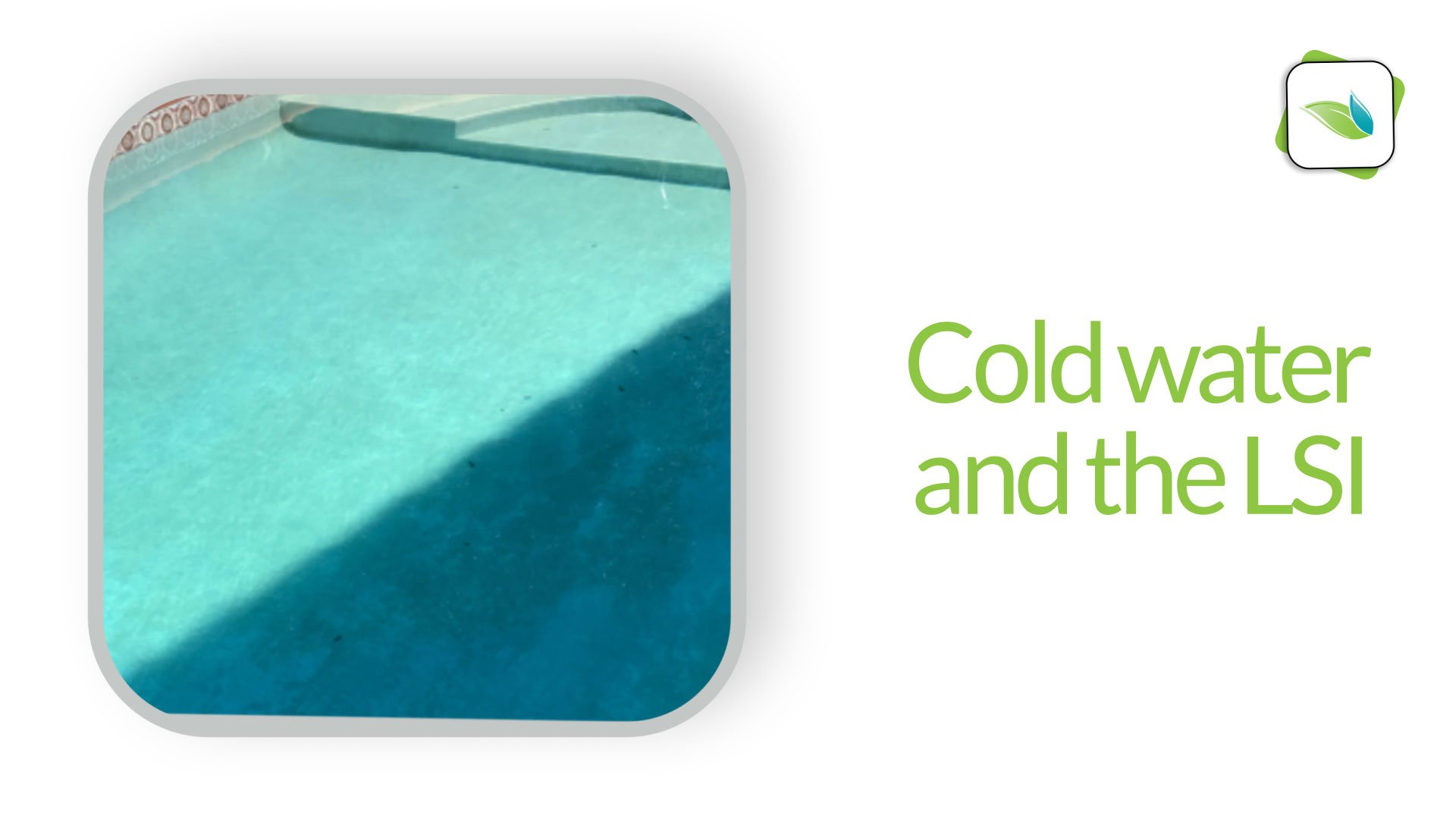
After the initial fill/startup, the vast majority of damage done to a swimming pool occurs during the winter. This is because cold water lowers the LSI, making water more aggressive. In other words, etching and corrosion are more likely to happen in cold water.


If you do not know the chemistry of the source water, making decisions about how to treat your pool become more difficult. This article covers the importance of knowing the chemistry from the tap.

I have never plastered a pool in my life. In fact, until this week, I had never even seen pool plaster being applied. To be honest, I did not even know the difference between plaster, cement, gunite, concrete, shotcrete, or any other type of -crete. Because of this utter lack of knowledge and experience, I thoroughly enjoyed my time at this year's National Plasterers Council (NPC) annual conference in New Orleans.
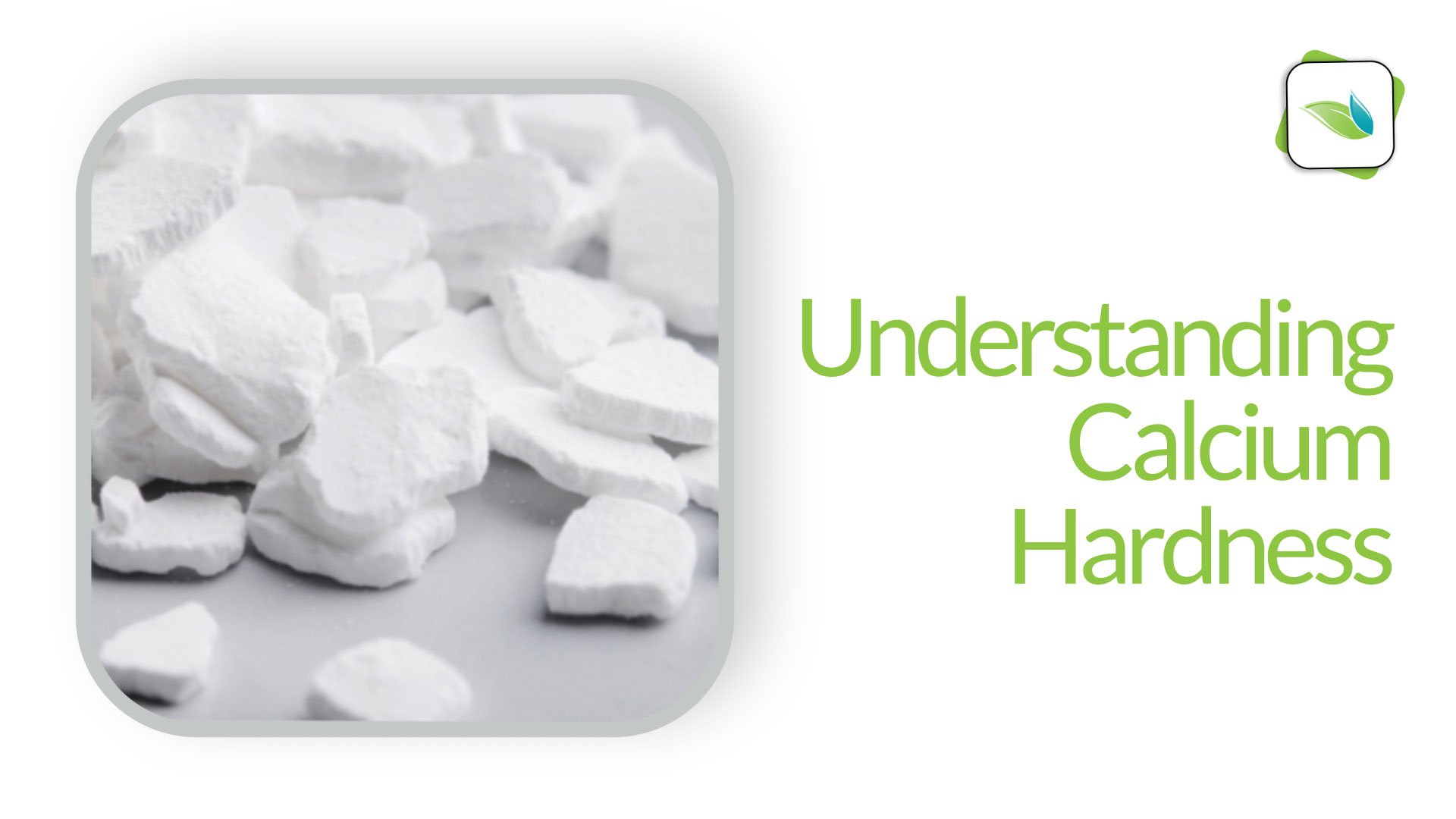
Calcium hardness is one of the most important factors in water chemistry, and swimming pool chemistry especially. It is one of the six LSI factors, and because it does not fluctuate much, we love using calcium hardness as a foundation for water balance. Let's discuss why.
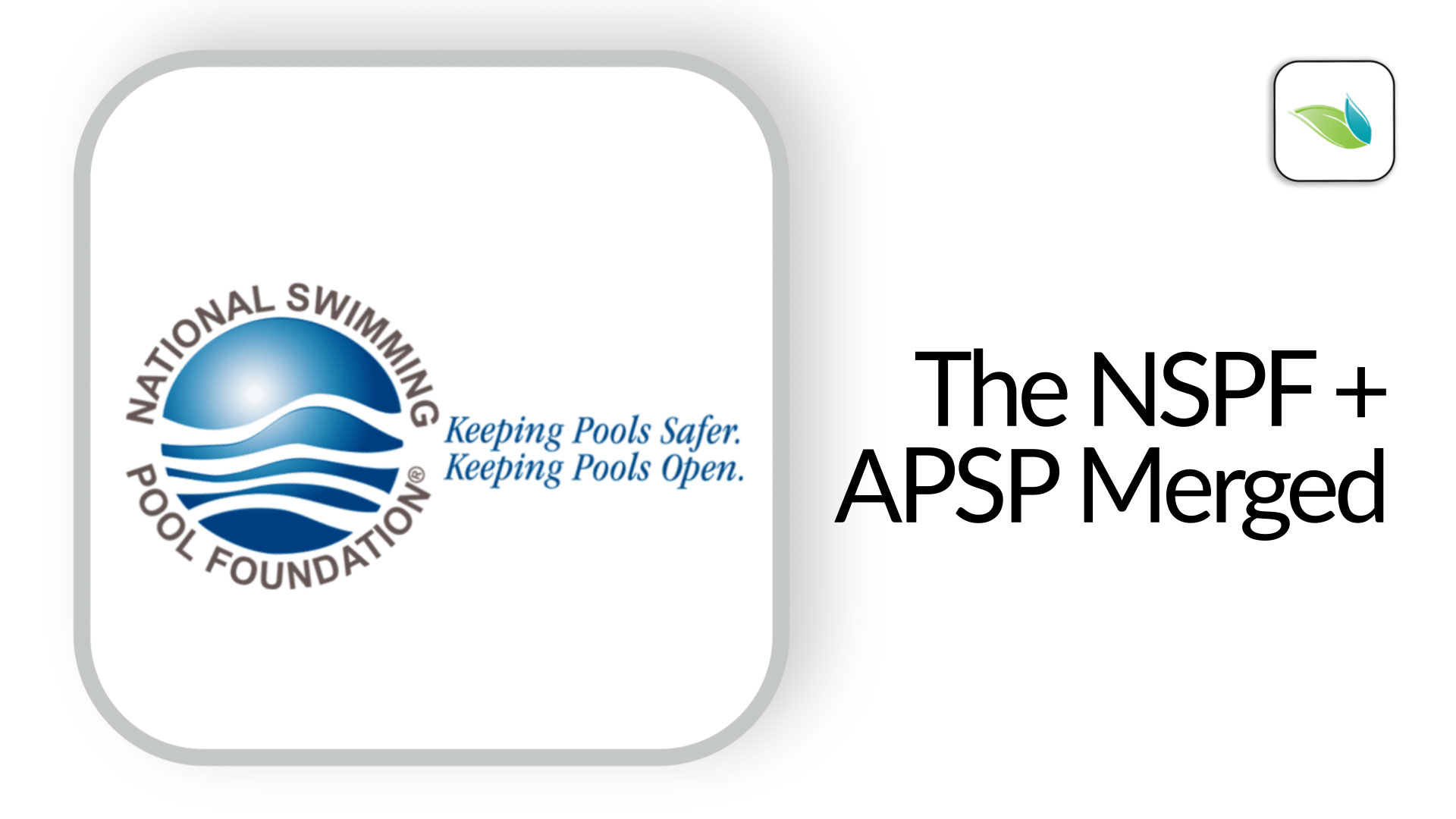
In January 2019, the National Swimming Pool Foundation (NSPF) merged with the Association of Pool & Spa Professionals (APSP) and became the Pool and Hot Tub Alliance.
We have revised this article, which was originally written as a guest blog by the NSPF itself. Now we want to showcase the new organization and what it offers the industry. And as far as we can tell, both the NSPF and APSP still maintain their original websites and content, including guest articles from Orenda and others.
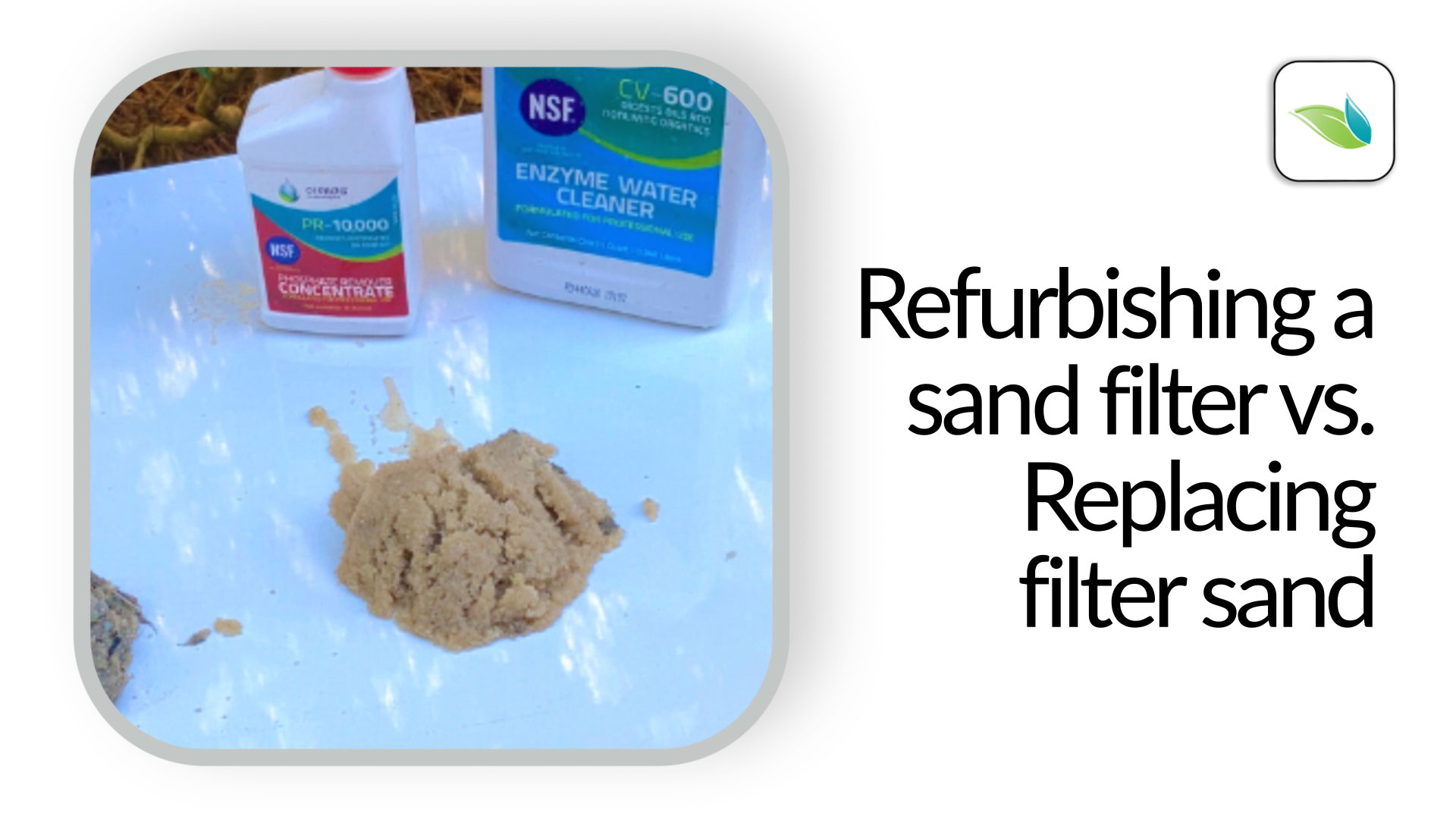
Can a fouled sand filter be cleaned enough that replacing the sand becomes unnecessary? Challenge accepted.